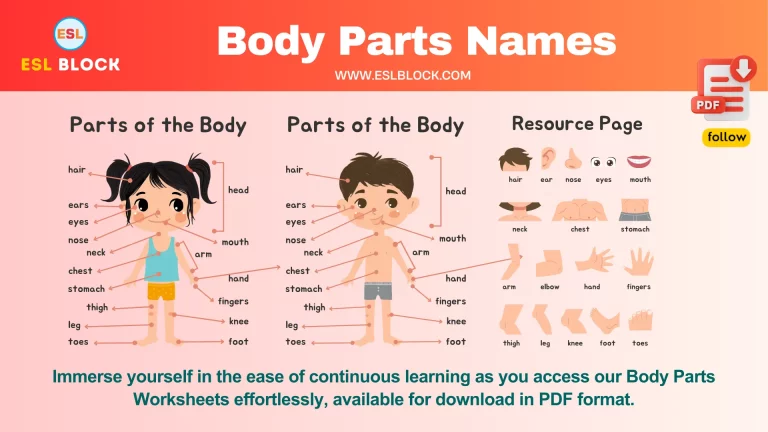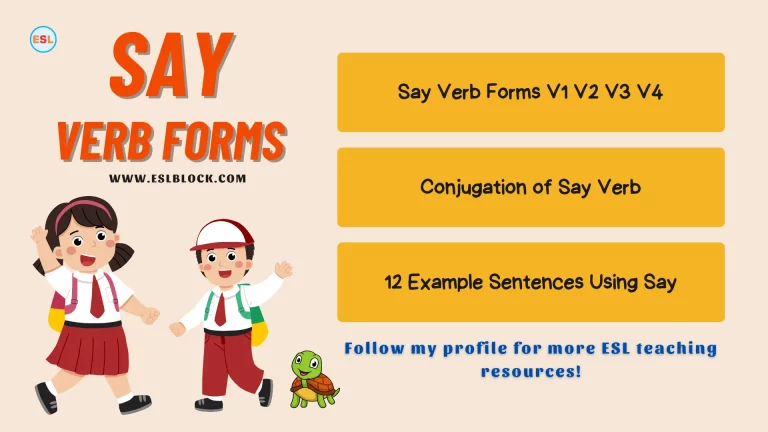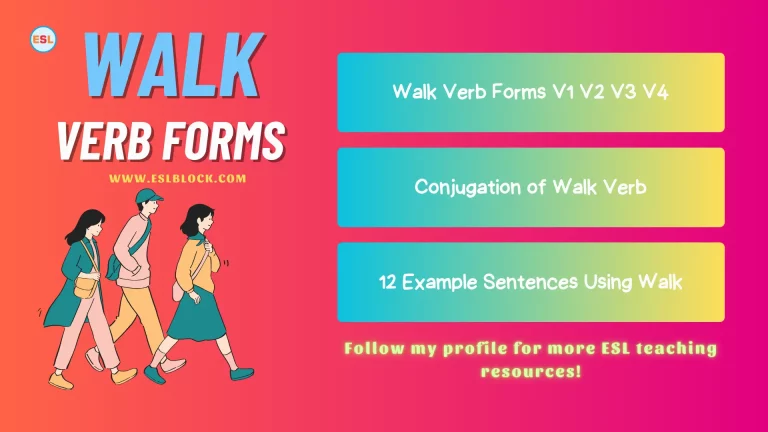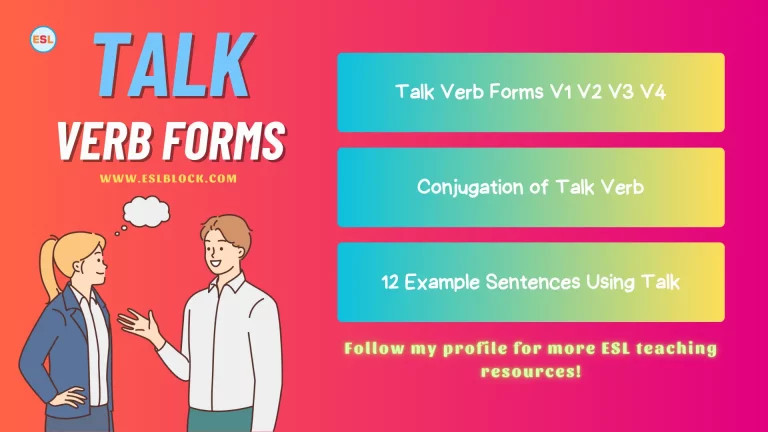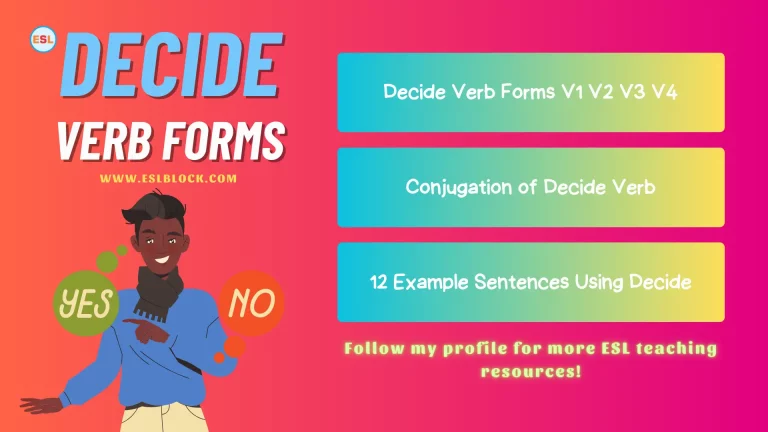Present Progressive Tense Definition With Examples
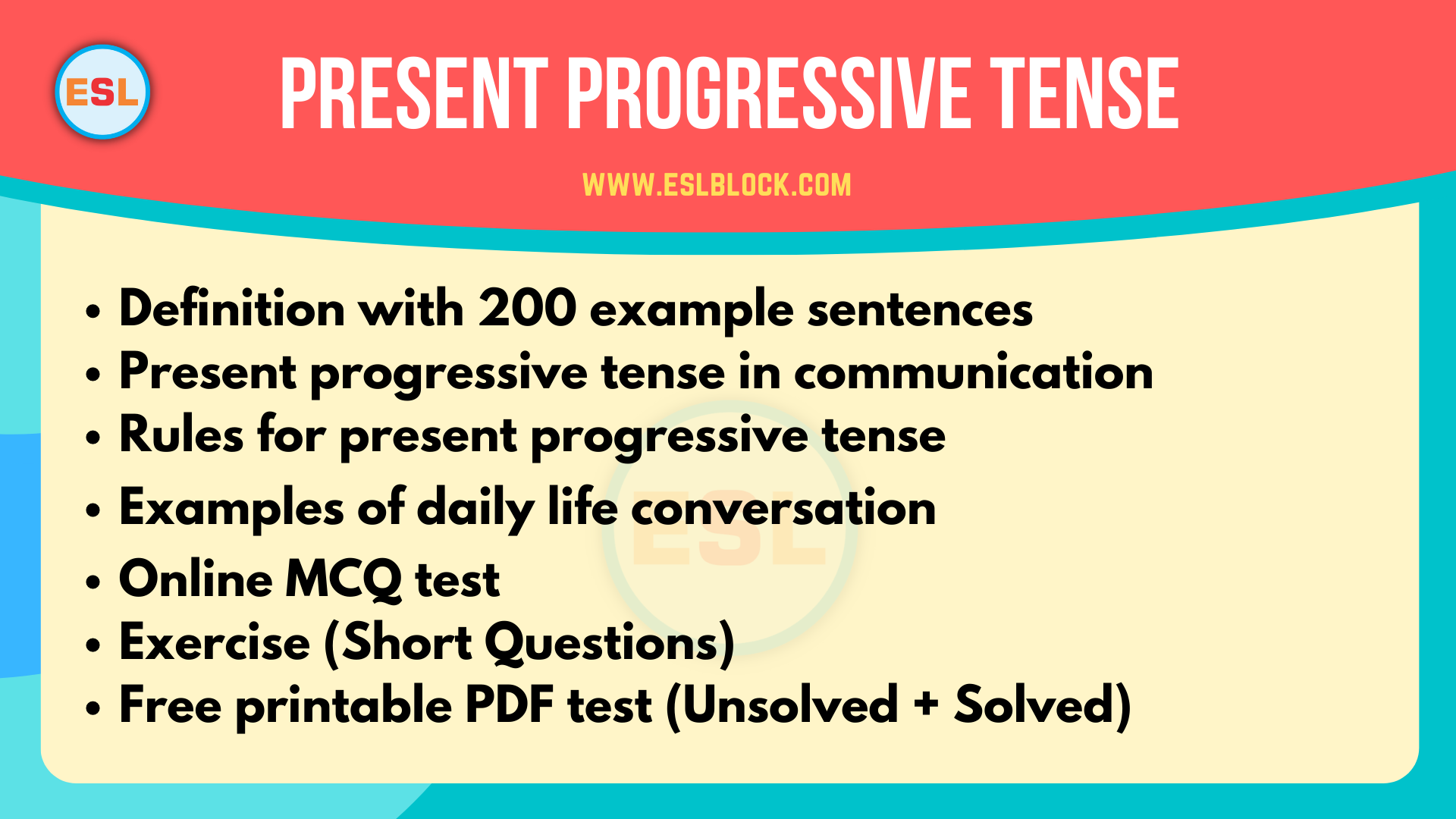
The present progressive tense is used to describe actions that are currently happening or in progress. It is formed by using the auxiliary verb “to be” in the present tense and the present participle of the main verb.
In English, it’s important to understand the present progressive tense because it’s used a lot in everyday speech and writing.
Read also: Personal Injury Lawyer Greenville NC
The purpose of this blog post is to provide a clear and comprehensive explanation of the present progressive tense, its formation, and its uses, as well as common mistakes and tips for proper usage.
In addition, understanding the present progressive tense is crucial for effective communication in English, whether it’s for work, travel or daily conversation.
The blog post will guide you through the key concepts of the present progressive, including its formation, usage, common errors and strategies to improve your understanding.
The post will also include exercises and examples to help you practice and reinforce your understanding of the present progressive tense.
Read also: Types of Sentences Worksheets
How to form Present Progressive Tense?
Forming the present progressive tense involves using the auxiliary verb “to be” in the present tense and the present participle of the main verb. The auxiliary verb “to be” is used in the present progressive tense to indicate that an action is currently in progress. The present participle is formed by adding -ing to the base form of a regular verb or by following the rules of irregular verbs.
For example, the present progressive of the verb “walk” is “walking”, and the present progressive of the verb “go” is “going”. However, the irregular verb “write” forms the present participle “writing” instead of “write-ing”. It’s important to note that the irregular verb forms are not predictable and must be memorized.
The present progressive can be formed by combining the present form of the verb ‘to be’ (am, is, are) with the present participle of the main verb. For example, “I am walking to work.” or “They are playing soccer” are examples of present progressive with regular and irregular verbs respectively.
- I am studying for my exam.
- She is playing the piano.
- They are having dinner together.
- He is working on a new project.
- We are going to the movies tonight.
- The children are playing in the park.
- The rain is falling heavily.
- The dog is barking loudly.
- The flowers are blooming in the garden.
- The train is running late.
Rules for affirmative sentences
Rules for affirmative sentences in the present progressive tense involve using the auxiliary verb “to be” in the present tense and the present participle of the main verb. The subject of the sentence is followed by the auxiliary verb “to be” and the present participle of the main verb.
Examples:
- I am reading a book.
- She is cooking dinner.
- They are watching a movie.
- He is working on a project.
- We are going to the park.
- The children are playing outside.
- The dog is barking.
- The flowers are blooming.
- The train is running on time.
- The sun is shining brightly.
Rules for negative sentences
Rules for negative sentences in the present progressive tense involve adding “not” after the auxiliary verb “to be” in the present tense. The subject of the sentence is followed by the auxiliary verb “to be” in the present tense followed by “not” and the present participle of the main verb.
Examples:
- I am not watching TV.
- She is not listening to music.
- They are not playing video games.
- He is not working today.
- We are not going to the party.
- The children are not sleeping.
- The dog is not barking.
- The flowers are not blooming.
- The train is not running on time.
- The sun is not shining today.
Rules for interrogative sentences
Rules for interrogative sentences in the present progressive tense involve inverting the subject and the auxiliary verb “to be” in the present tense. The auxiliary verb “to be” in the present tense is followed by the subject and the present participle of the main verb.
Examples:
- Am I watching TV?
- Is she listening to music?
- Are they playing video games?
- Is he working today?
- Are we going to the party?
- Are the children sleeping?
- Is the dog barking?
- Are the flowers blooming?
- Is the train running on time?
- Is the sun shining today?
Examples of present progressive tense in everyday situations
- I am studying for my exam.
- She is playing the piano.
- They are having dinner together.
- He is working on a new project.
- We are going to the movies tonight.
- The children are playing in the park.
- The rain is falling heavily.
- The dog is barking loudly.
- The flowers are blooming in the garden.
- The train is running late.
- I am not watching TV.
- She is not listening to music.
- They are not playing video games.
- He is not working today.
- We are not going to the party.
- The children are not sleeping.
- The dog is not barking.
- The flowers are not blooming.
- The train is not running on time.
- The sun is not shining today.
- Are you feeling well?
- Is he studying for his test?
- Are they going to the concert?
- Am I invited to the party?
- Is she cooking dinner tonight?
- Are the children playing in the park?
- Is it raining outside?
- Is the dog barking loudly?
- Are the flowers blooming in the garden?
- Is the train running on time?
- I am taking a nap.
- She is writing a letter.
- They are having a meeting.
- He is playing soccer.
- We are going for a walk.
- The children are watching a movie.
- The rain is stopping.
- The dog is sleeping.
- The flowers are dying.
- The train is leaving the station.
- I am not feeling well.
- She is not writing a letter.
- They are not having a meeting.
- He is not playing soccer.
- We are not going for a walk.
- The children are not watching a movie.
- The rain is not stopping.
- The dog is not sleeping.
- The flowers are not dying.
- The train is not leaving the station.
- I am learning a new language.
- She is practicing her dance moves.
- They are planning a vacation.
- He is building a model airplane.
- We are organizing a charity event.
- The children are coloring pictures.
- The wind is blowing strongly.
- The cat is chasing a mouse.
- The leaves are falling from the trees.
- The clock is ticking loudly.
- I am not eating breakfast.
- She is not drinking coffee.
- They are not taking a break.
- He is not going to work.
- We are not taking a nap.
- The children are not playing outside.
- The wind is not blowing strongly.
- The cat is not chasing a mouse.
- The leaves are not falling from the trees.
- The clock is not ticking loudly.
- Are you enjoying the party?
- Is he fixing the car?
- Are they going to the beach?
- Am I going to the concert?
- Is she waiting for her friends?
- Are the children playing with toys?
- Is it snowing outside?
- Is the cat sleeping?
- Are the leaves changing color?
- Is the clock working properly?
- I am listening to music.
- She is dancing to the beat.
- They are singing karaoke.
- He is playing guitar.
- We are having a picnic.
- The children are having fun.
- The sky is clear and blue.
- The bird is chirping loudly.
- The stream is flowing peacefully.
- The fire is burning brightly.
- I am not feeling well.
- She is not writing a letter.
- They are not having a meeting.
- He is not playing soccer.
- We are not going for a walk.
- The children are not watching a movie.
- The sky is not clear and blue.
- The bird is not chirping loudly.
- The stream is not flowing peacefully.
- The fire is not burning brightly.
Use of present progressive tense in daily conversation
In conversations, the present progressive tense is used to talk about things that are happening right now or are still going on. It is created by combining the present form of “to be” with the present participle of the main verb. In everyday conversations, people often use the present progressive to ask about or confirm current plans or activities and to say what they are doing at the moment. It is essential to have a good understanding and use of the present progressive in conversation, as it is a popular way to express actions that are happening right now.
Examples of conversation using the present progressive tense:
- Person 1: What are you doing?
- Person 2: I am typing an email.
- Person 1: Is he watching the game?
- Person 2: No, he is not watching the game. He is working on a report.
- Person 1: Are you feeling well?
- Person 2: No, I am not feeling well. I am getting a cold.
- Person 1: What are they doing?
- Person 2: They are having a picnic in the park.
- Person 1: Are we going to the concert tonight?
- Person 2: Yes, we are going to the concert tonight.
- Person 1: Is it raining outside?
- Person 2: Yes, it is raining outside.
- Person 1: What are the children doing?
- Person 2: The children are playing hide and seek.
- Person 1: Is the dog barking loudly?
- Person 2: No, the dog is not barking loudly. He is sleeping.
- Person 1: Are the flowers blooming in the garden?
- Person 2: Yes, the flowers are blooming in the garden.
- Person 1: Is the train running on time?
- Person 2: No, the train is not running on time. It is delayed by 30 minutes.
Examples of the present progressive tense in context
- At a restaurant:
- Server: “What can I get for you?”
- Customer: “I am thinking of getting the Caesar salad and the fish and chips. How are they today?”
- Server: “The Caesar salad is very fresh and the fish and chips are crispy. We are also running a special on the steak, it’s cooked to perfection.”
- At a party:
- Person 1: “What are you drinking?”
- Person 2: “I am having a beer. How about you?”
- Person 1: “I am trying the cocktail, it’s delicious. Are you enjoying the party?”
- Person 2: “Yes, I am. The music is great and the food is amazing.”
- At a store:
- Salesperson: “Can I help you with anything?”
- Customer: “Yes, I am looking for a new phone. Do you have any recommendations?”
- Salesperson: “We are currently running a promotion on the latest iPhone models. They are very popular and have great features.”
- On a phone call:
- Person 1: “Hello, can I speak with John?”
- Person 2: “This is John speaking. How can I help you?”
- Person 1: “Hi John, I am calling to confirm the meeting tomorrow. Are we still on for 10 am?”
- Person 2: “Yes, we are. I am looking forward to it.”
- On a trip:
- Person 1: “Are we almost there?”
- Person 2: “Yes, we are. We should be there in about 20 minutes. Are you getting tired?”
- Person 1: “No, I am not. I am excited to see the city. What are we going to do first?”
- Person 2: “We are going to check into the hotel and then we are going to explore the downtown area.”
- On a date:
- Person 1: “What are you doing later?”
- Person 2: “I am not sure yet. What are you doing?”
- Person 1: “I am thinking of going to see that new movie that just came out. Do you want to come with me?”
- Person 2: “Sure, I’d love to. I am looking forward to it.”
- In a class:
- Teacher: “What are you working on?”
- Student: “I am writing an essay about the causes of World War II.”
- Teacher: “That’s a great topic. Are you having trouble with any of the research?”
- Student: “No, I am not. I am finding a lot of information online.”
- At home:
- Person 1: “What are you doing?”
- Person 2: “I am cleaning the kitchen. I am trying to get it done before the guests arrive.”
- Person 1: “That’s a good idea. I am going to take a shower and get ready.”
- At the office:
- Person 1: “How’s the project going?”
- Person 2: “It’s going well. I am finishing up the report now.”
- Person 1: “Great, I am going to look over it and then we can present it to the team.”
- At the park:
- Person 1: “What are you doing?”
- Person 2: “I am playing frisbee with my friends. Do you want to join us?”
- Person 1: “Sure, I’d love to. I am just going to grab my frisbee from the car.”
Present Progressive Tense Exercise Questions
Exercise questions are an effective way to test and reinforce your understanding of the present progressive tense. They allow you to practice using the present progressive in different contexts and sentence structures, which will help to improve your fluency and accuracy. By answering multiple-choice questions, you will be able to identify and correct common mistakes, and gain a deeper understanding of the rules and usage of the present progressive tense.
Additionally, exercise questions can be helpful for self-study and for preparing for exams or tests. They can be used as a tool for self-assessment and to track your progress. Furthermore, it’s useful to use them as a way to measure your improvement over time.
Exercise questions are an essential part of learning any new language concept. They provide you with an opportunity to practice and test your understanding of the present progressive tense, and help to build your confidence and fluency in using it.
- What form of “to be” is used in the present progressive tense?
- What is the present participle form of the verb “to swim”?
- How is the present progressive tense formed for regular verbs?
- How is the present progressive tense formed for irregular verbs?
- How do you form negative sentences in the present progressive tense?
- How do you form interrogative sentences in the present progressive tense?
- What is the difference between the present simple and present progressive tense?
- Give an example of a sentence using the present progressive tense to express a planned action.
- Give an example of a sentence using the present progressive tense to express an action happening right now.
- How can you use the present progressive tense in a conversation to confirm plans or activities?
Present Progressive Tense Solved Exercise
- The present form of “to be” is used in the present progressive tense.
- The present participle form of the verb “to swim” is “swimming.”
- The present progressive tense for regular verbs is formed by adding -ing to the base form of the verb. For example, “play” becomes “playing”.
- The present progressive tense for irregular verbs is formed by using the present participle form of the verb, which is often different from the base form. For example, “go” becomes “going”.
- To form negative sentences in the present progressive tense, add “not” after the auxiliary verb “to be.” For example, “I am not playing.”
- To form interrogative sentences in the present progressive tense, invert the subject and the auxiliary verb “to be.” For example, “Am I playing?”
- The present simple tense is used to express habitual or regular actions, while the present progressive is used to express actions that are currently happening or in progress.
- Example: “I am leaving for my trip next week.”
- Example: “I am listening to music right now.”
- You can use the present progressive tense in a conversation by asking, “What are you doing?” or “Are you doing X?” to confirm plans or activities.
Present Progressive Tense Multiple Choice Questions (MCQs)
- What form of “to be” is used in the present progressive tense? a) am b) is c) are d) All of the above
- How is the present progressive tense formed for regular verbs? a) by adding -ing to the base form of the verb b) by adding -ed to the base form of the verb c) by adding -ing to the past form of the verb d) by adding -ed to the past participle form of the verb
- How do you form negative sentences in the present progressive tense? a) by adding “not” after the subject b) by adding “not” after the main verb c) by adding “not” after the auxiliary verb “to be” d) by adding “not” before the main verb
- How do you form interrogative sentences in the present progressive tense? a) by adding “?” after the subject b) by adding “?” after the main verb c) by inverting the subject and the auxiliary verb “to be” d) by adding “?” before the main verb
- What is the difference between the present simple and present progressive tense? a) Present simple is used to express habitual or regular actions, while present progressive is used to express actions that are currently happening or in progress. b) Present simple is used to express actions that are currently happening or in progress, while present progressive is used to express habitual or regular actions. c) There is no difference between the present simple and present progressive tense. d) Present simple is used to express actions in the past, while present progressive is used to express actions in the future.
- What is the present participle form of the verb “to run”? a) runned b) running c) ran d) run
- What is the present participle form of the verb “to eat”? a) eat b) ate c) eating d) eatting
- Fill in the blank: “I _____ watching TV right now.” a) am b) is c) are d) None of the above
- Fill in the blank: “They _____ playing video games.” a) am b) is c) are d) None of the above
- Fill in the blank: “He _____ working on a new project.” a) am b) is c) are d) None of the above
Answers: 1.d, 2.a, 3.c, 4.c, 5.a, 6.b, 7. c, 8. a, 9. c, 10. b
Conclusion
We’ve talked about how to form and use the present progressive tense in this blog post. We have also looked at common mistakes and tips for proper usage. We’ve gone over the most important parts of the present progressive tense and given you examples to help you practice and make sure you understand it.
It is important to continue practicing and learning about the present progressive in order to fully understand and use it in spoken and written English. To continue your learning, you may want to consider additional resources such as grammar books, online exercises, and language classes. Additionally, you may want to pay attention to the present progressive usage in the context of your daily conversation, media and reading.
In conclusion, understanding the present progressive tense is important for effective communication in English. The present progressive can be used to express actions that are currently happening or in progress, and it is formed by using the auxiliary verb “to be” in the present tense and the present participle of the main verb. With practice and dedication, you will become proficient in using the present progressive tense in your daily conversation and writing.
If you have enjoyed “present progressive tense,” I would be very thankful if you’d help spread it by emailing it to your friends or sharing it on Twitter, Instagram, Pinterest, or Facebook. Thank you!
With ESLBLOCK, you will study with new ideas. If you doubt the qualities of the present progressive tense, reach us through our blog’s comment section. Keep checking back! We’ll do our best to give you feedback as soon as possible. Thank you!
Related Articles
Here are some more lists for you!
- List of Fish: Types of Fish with Interesting Facts and Pictures
- List of Mollusks | Types of Mollusks with Interesting Facts
- List Of Farm Animals: Different Types of Farm Animals
- Shellfish | List of Shellfish with Interesting Facts

